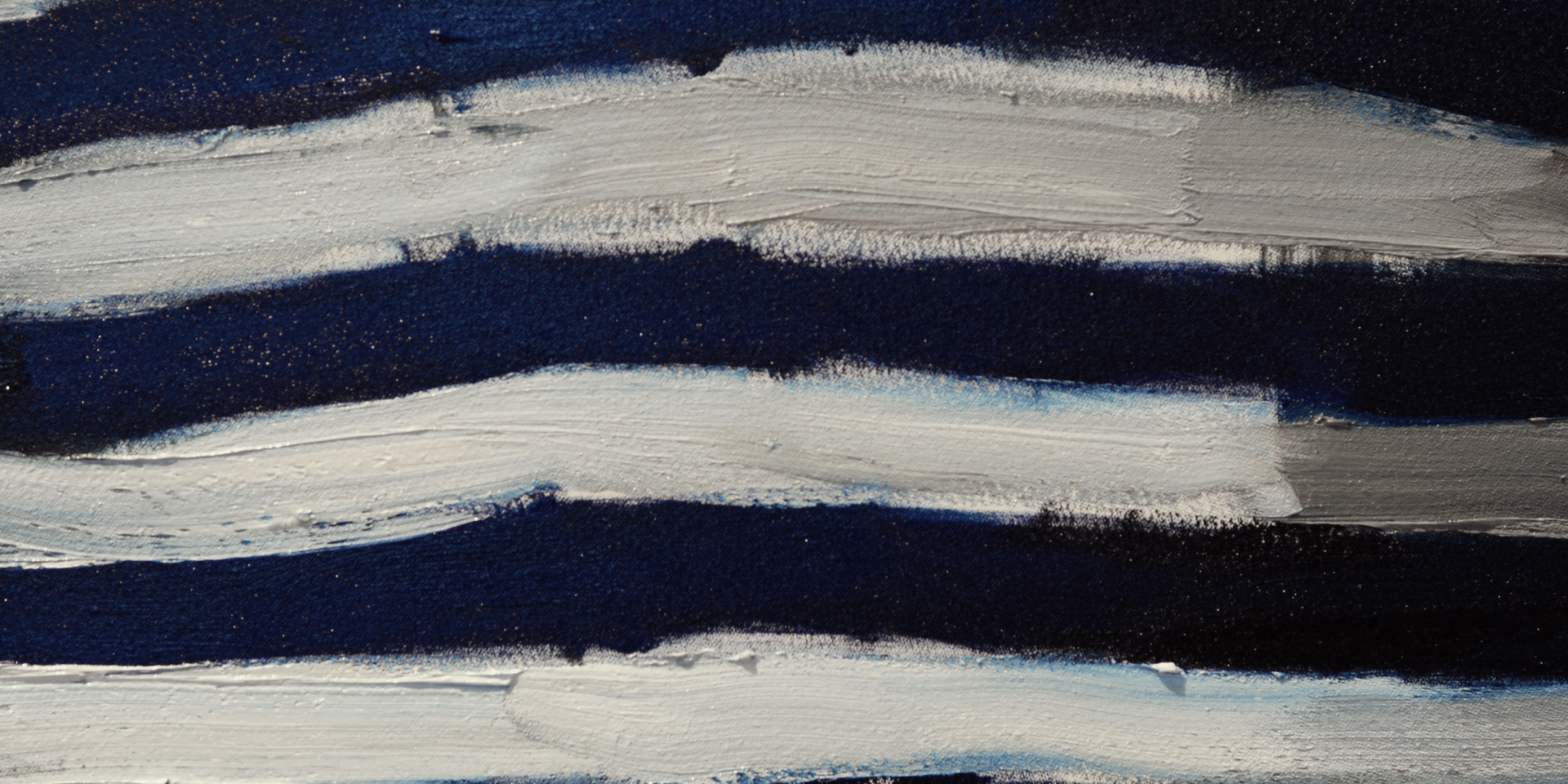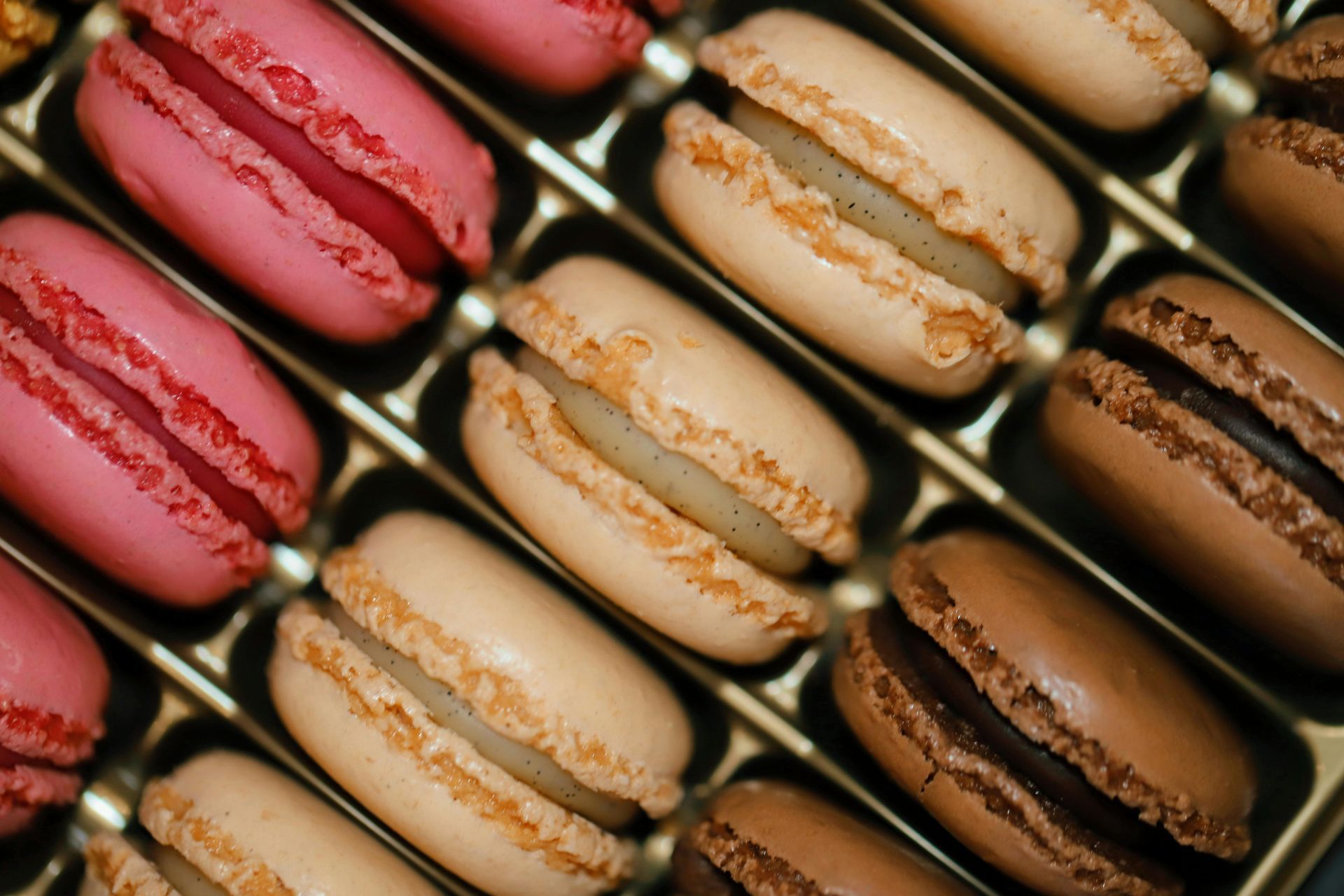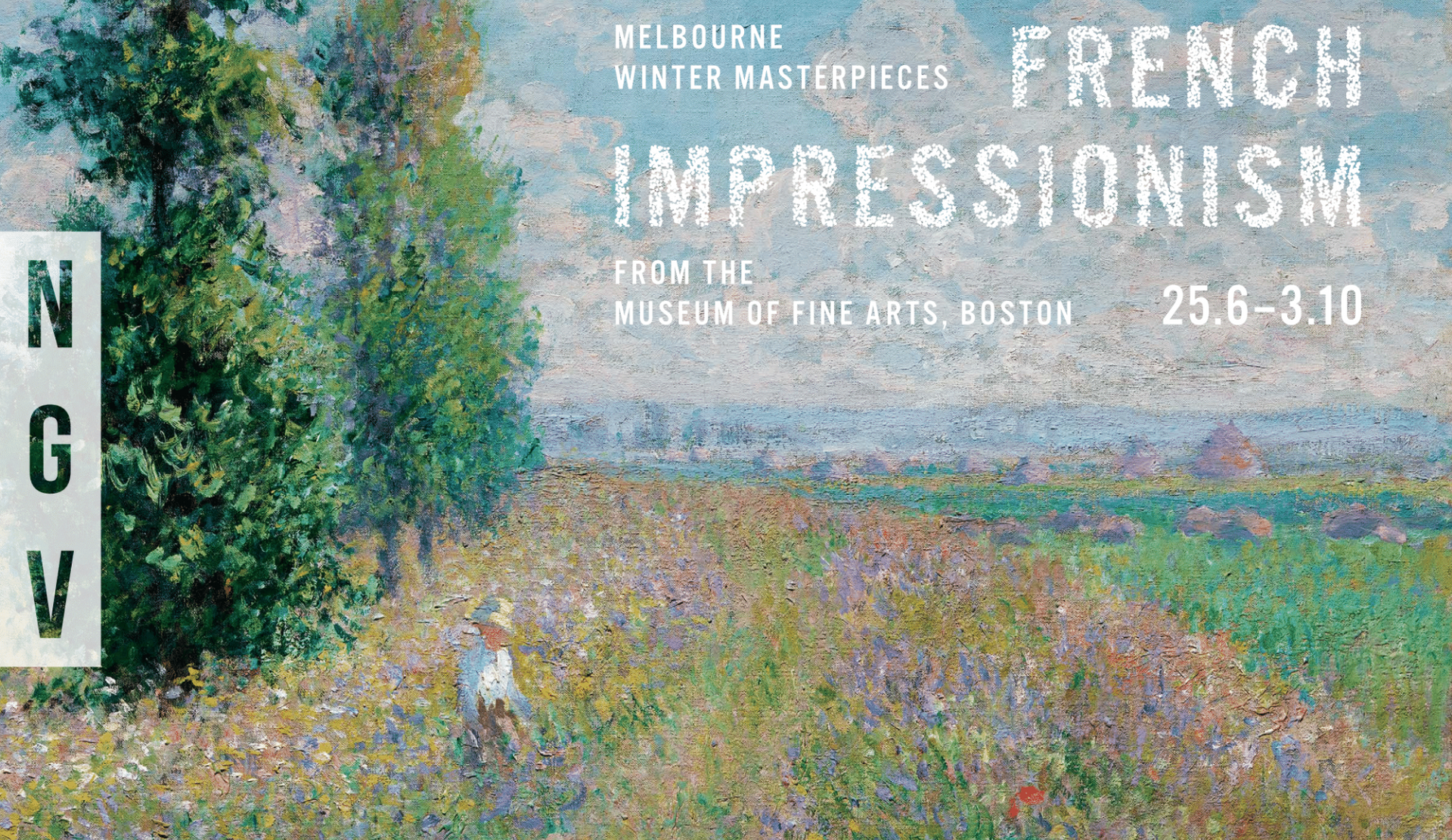The french elections what you need to know
It was against the backdrop of war in Ukraine that the French election campaign opened on Monday the 28th March. The twelve candidates officially in the running had certainly not foreseen this element which may weigh in the voters’ choice.
Twelve candidates for one seat
Twelve candidates declared themselves on the 7th March, 2022, after having gathered the 500 sponsorships of elected officials necessary for a candidacy. This number may seem impressive, but it is less important than the one in 2002, when 16 candidates claimed to be president of the Republic. This position attracts a lot of interest: it should be noted that 40 potential candidates withdrew, due to a lack of signatures or in favor of another candidate.
Some of them are seasoned veterans: seven of them had already run in the last elections, in 2017. Among them, four had also run in 2012.
The French voters will have a wide choice to elect their favorite candidate among four women and eight men in the first round on Sunday the 10th April. It has to be noted that only two candidates will be present in the second round, on April 24th.
Emmanuel Macron’s election in 2017 and the end of the two-party system
In 2017, Emmanuel Macron was the first President to be elected without belonging to one of the main French parties. That was the first time it happened in the history of the fifth Republic in France. A few months before the election, he created a new party (En Marche) and called every French citizen (from right and left) to join him. This was probably the first step towards the definitive end of the two-party system in France.
But an end to the classic right/left two-party system does not mean the end of the right/left divide, as the two ideologies still remain very strong and meaningful for every French citizen. And if the right/left divide disappeared, another replaced it: democratic parties vs extremist parties. These are considered much more of a threat for Emmanuel Macron than the right and left parties.
2022, a zoom-in on the candidates
The presidential majority (La République En Marche!) is represented by the outgoing president, Emmanuel Macron, the youngest ever president of the fifth republic. Facing him are six candidates on the left and five on the right.
The extreme or radical left-wing is represented by three men and one woman: Nathalie Artaud (Lutte Ouvrière), Philippe Poutou (Nouveau Parti Anticapitaliste), Fabien Roussel (Parti Communiste) and Jean-Luc Mélenchon (Insoumis). A single candidate, Anne Hidalgo, represents the left-wing (Parti Socialiste) while another, Yannick Jadot, represents the Greens (Europe Ecologie – Les Verts).
On the right-wing, Valérie Pécresse (Les Républicains) is trying her luck, with three candidates for the extreme or radical right-wing: Marine Le Pen (Rassemblement national), Éric Zemmour (Reconquête!) and Nicolas Dupont-Aignan (Debout la France).
Jean Lassalle (Résistons) is ranked among the Divers Droite (Various Right).
Not all of them expect to reach the second round, but they do want to make their voices heard. This is the case of Nathalie Artaud, who hopes to “overthrow the system”. Indeed, the candidates offer very different profiles: among them are seasoned politicians, journalists, trade unionists, both known to the public and newcomers to the political arena.
But the successful candidate, who will take up office on the 13th May at the latest, will not be out of the woods yet: they will have to wait for the legislative elections on the 12th and 19th June, to know if they will have a majority in the National Assembly and the required confidence to govern. These votes will allow the election of 577 deputies, among which 11 will be deputies elected by French citizens living outside of France – more than 25,000 of whom live in Australia.










